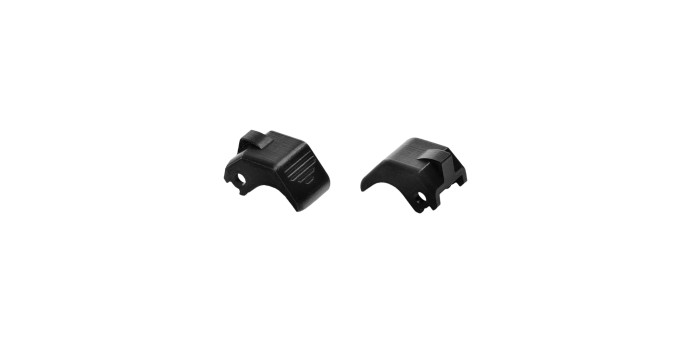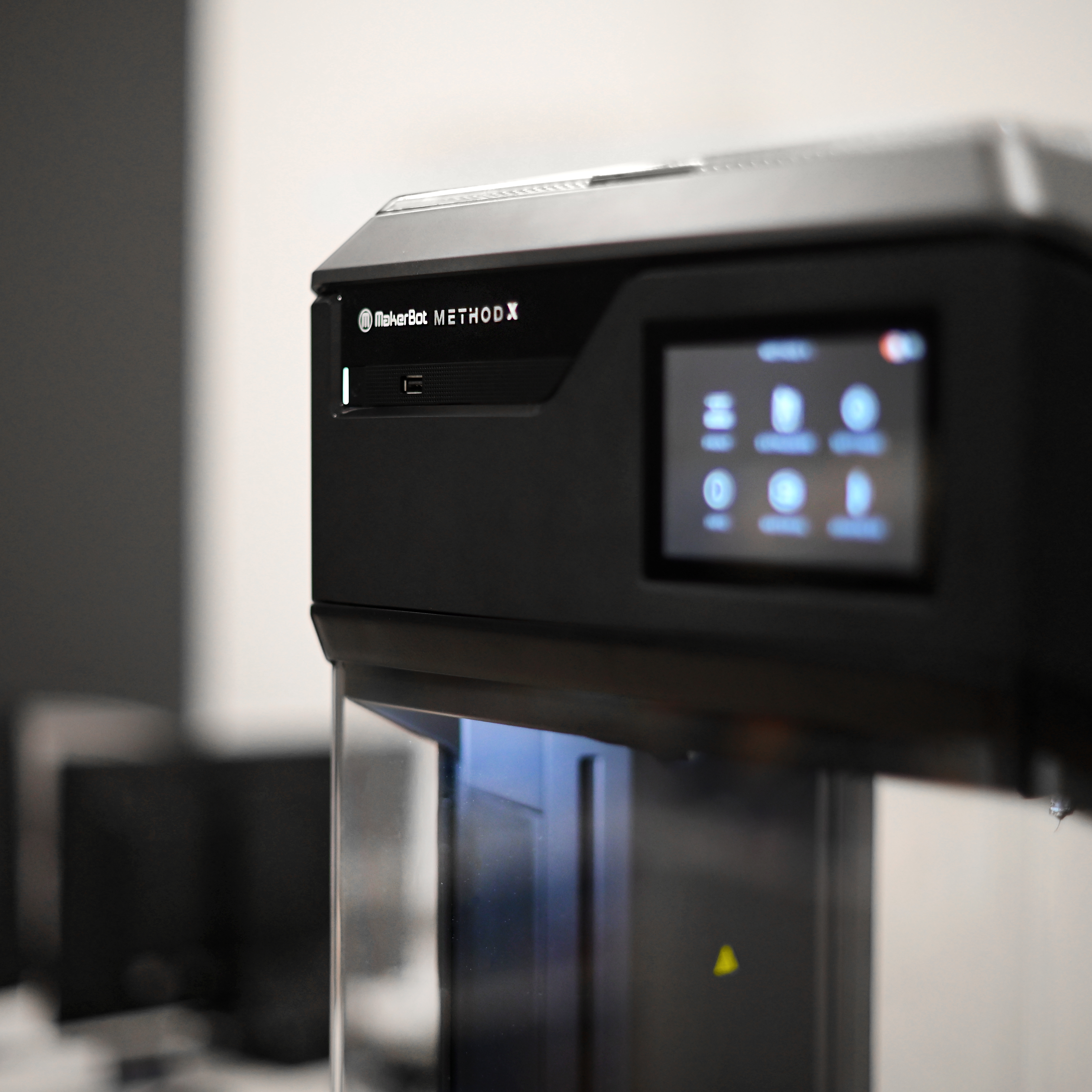3D printing: Innovative production

What is 3D printing?
3D printing, also known as additive printing technology, is a revolutionary step forward in manufacturing, introducing an innovative approach to creating three-dimensional objects. This advanced production method is becoming increasingly popular in various fields, from industry to medicine, offering not only innovative solutions, but also significantly reducing production time and costs.
FDM is a process of manufacturing objects layer by layer based on a digital three-dimensional model. Unlike traditional production methods, which often require cutting or milling, 3D printing allows the direct creation of three-dimensional structures, which increases production flexibility.
3D printing process
❶ 3D Modeling: The process begins with creating a digital 3D model using specialized 3D modeling software. This model is the basis for further production.
❷ Preparing the model: Before printing, it is necessary to properly prepare the model, including dividing it into layers and setting printing parameters such as layer thickness or type of material used.
❸ Printing: The printing process begins when the model is sent to 3D printers. The printer applies a layer of material (usually plastic or metal) based on previously established parameters. This step is repeated layer by layer until the object is complete.
❹ Final and post-processing: After printing, the object often requires additional post-processing, such as removing supports or grinding, to achieve the final, desired form.
3D Printing Technology
There are several different 3D printing technologies, each with its own unique characteristics and applications. The most popular are:
· FDM (Fused Deposition Modeling): Uses thermoplastic materials such as PLA or ABS or more specialized ones such as PA12-GF15 or PEEK-A heated to liquidity and applied in layers.
· SLA (Stereolithography): Uses UV-cured resin to create precise and detailed models.
· SLS (Selective Laser Sintering): Uses a laser to harden layers of powder, which allows you to create objects from different materials, such as metal or nylon.
Advantages of introducing 3D printing in production technology
→ Reduced production time: 3D printing allows for the rapid creation of prototypes and finished products, eliminating the need for multi-stage production.
→ Cost reduction: Material optimization, no mold or tool wear of traditional production processes translate into significant savings.
→ Individualization and customization: Possibility to create non-standard, individualized products, tailored to specific needs.
→ Lower material consumption: Additive printing minimizes material waste, which makes the process is more ecological.
→ Increased creativity: 3D printing opens up new design possibilities, enabling the creation of more complex and innovative forms.
In summary, 3D printing not only speeds up the production process, but also revolutionizes the approach to design and creation. Its versatility means it can be used in a variety of industries, offering new perspectives and inspiration for engineers, designers and entrepreneurs. This innovative technology is constantly evolving, promising even more advanced and diverse possibilities in the future.

